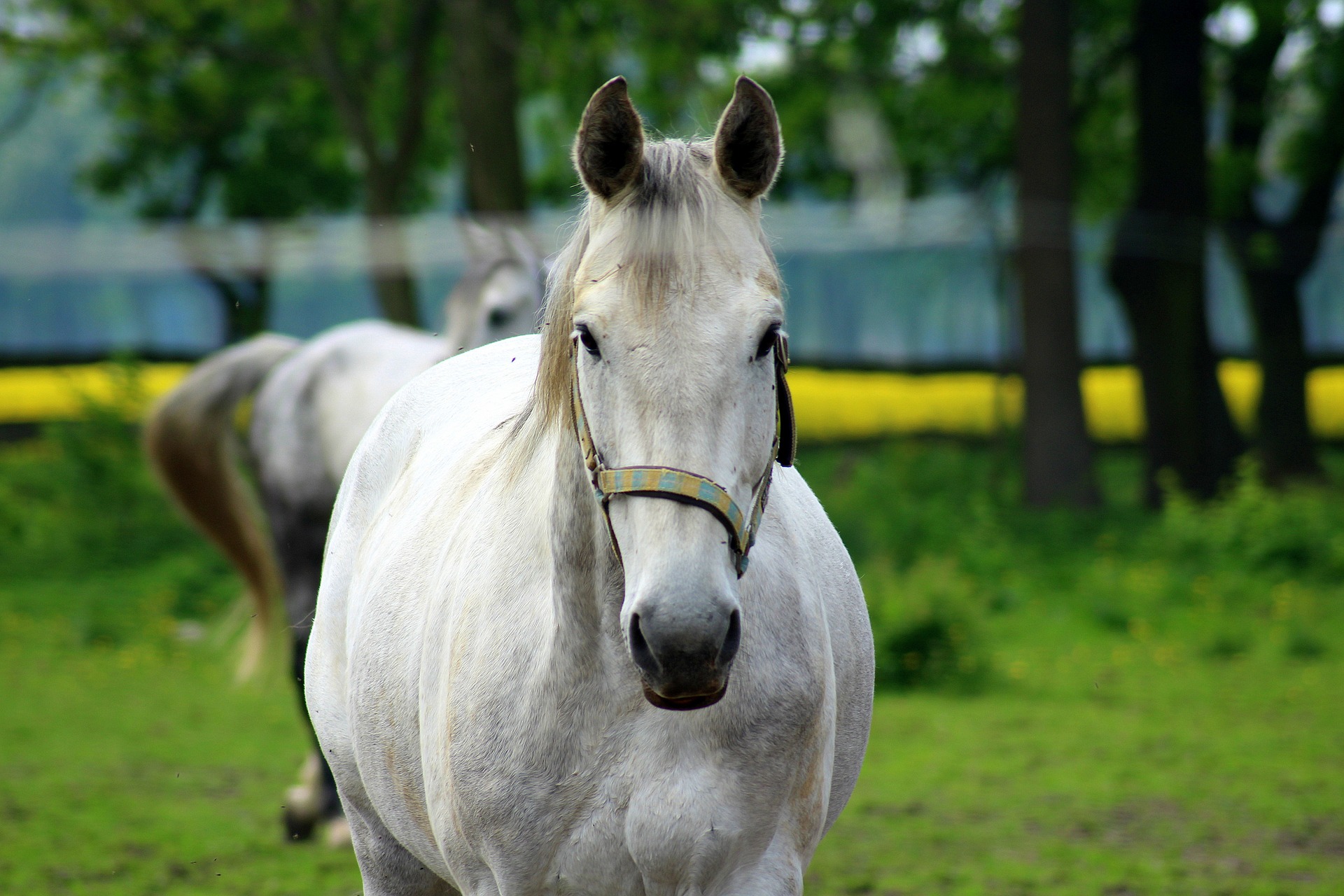
As horse people, wounds and wound management are unfortunately a common part of our lives! A common complication of wound healing in the horse is “proud flesh”.
“Proud flesh” is the common term for exuberant granulation tissue that may develop in relation to a wound. Granulation tissue is the body’s natural way of filling in defects left behind after an injury. While granulation tissue is a normal and beneficial part of the wound healing process, if there isn’t appropriate pressure from the surrounding skin or if the wound area is being irritated or stretched during healing, it can overgrow the bounds of the wound. We often see this as pink, lumpy tissue that is elevated from the level of the skin. This makes it very difficult for the skin edges of the wound to contract down and properly close.

So, how do we manage proud flesh? The biggest component of proud flesh management is debridement, or removal of the extra tissue, then placing an adequate bandage. There may be several rounds of debridement and bandaging before the proud flesh contracts enough to let the skin close over it. Keep in mind that since granulation tissue is a part of the healing process, it has a lot of blood flow and bleeds like crazy! But don’t worry, there is very rarely nerve supply in proud flesh, so the horses do not feel a thing. We also have several dressings and materials that we can use to help with the reduction of the proud flesh, such as steroid cream and antimicrobial dressings.
If you are dealing with a wound with proud flesh, it is important to prevent the horse from over using the area where the wound is, which may mean no riding while the wound is healing. Excess motion may lead to irritation, which will lead to more proud flesh.
If a wound is not healing, there are a number of other things that may need to be considered, such as a potential foreign body or metabolic disease in the horse. If there is no progress in the healing of a wound for a couple of months, consider calling your veterinarian to pursue further diagnostics.







No comment yet, add your voice below!